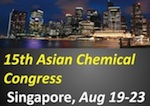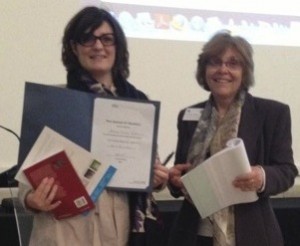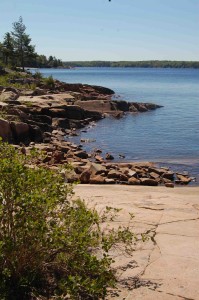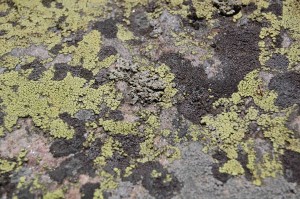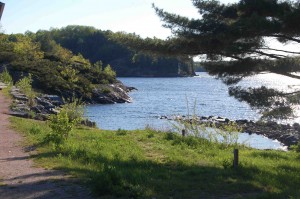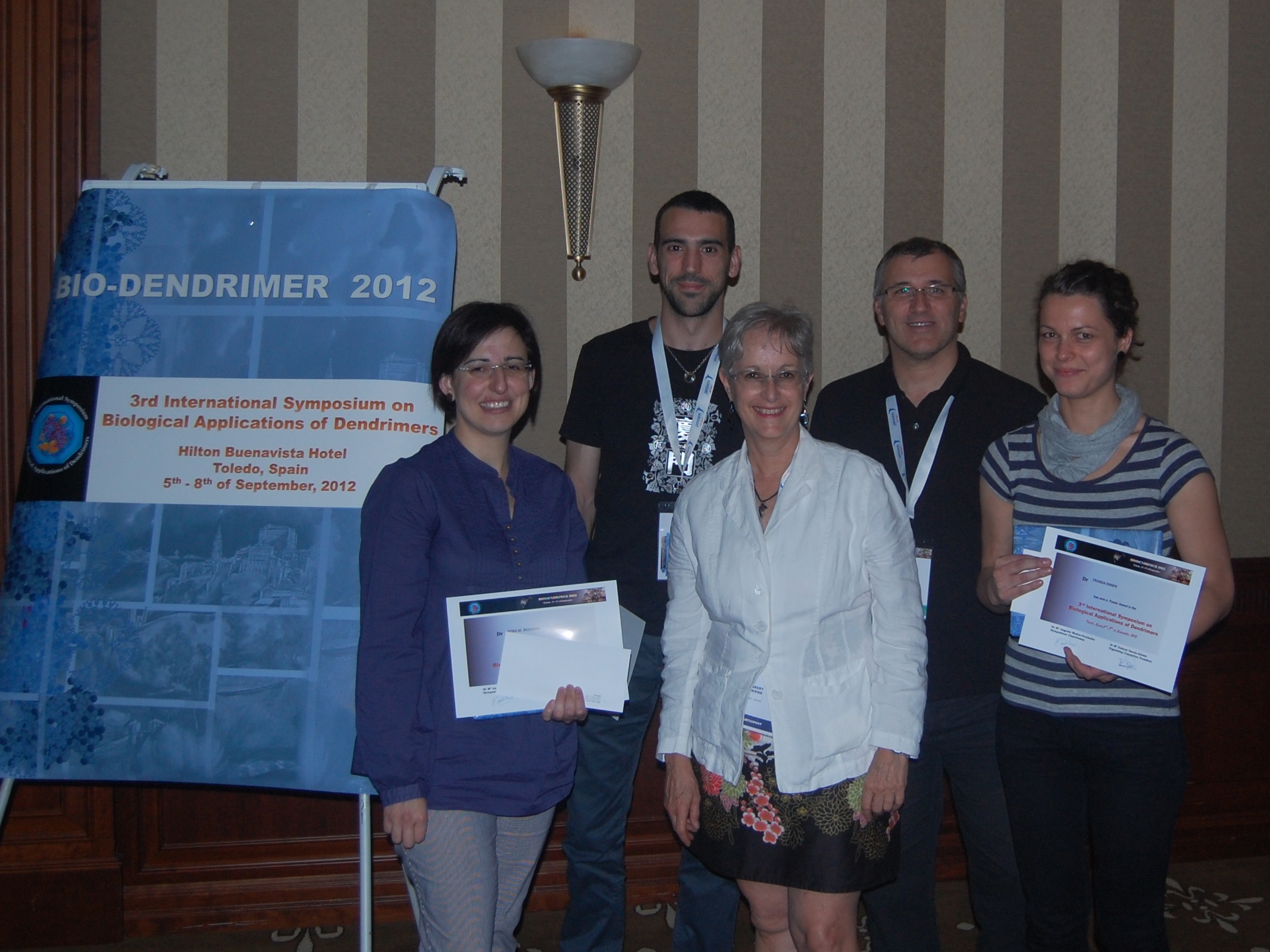New Journal of Chemistry sponsored 3 poster prizes at the 8th International Dendrimer Symposium that took place this summer in Madrid, continuing its support of this series of symposia and the dendrimer community in general.
 Guang Zhang is a 2nd year Ph.D. student in the group of Klaus Müllen at the MPI for Polymer Research in Mainz, Germany. He is conducting research on polyphenylene dendrimers and their applications for fluorescent blue light emitting diodes. Zhang’s poster reported G1 and G2 dendrimers having triphenylamine on the surface and pyrene in the core, which showed promising properties as blue OLED materials. Guang’s reaction to winning the NJC Poster Prize: “It is a great honor for me to receive the prize. It’s also a big surprise that I can have access to NJC for free for one year.”
Guang Zhang is a 2nd year Ph.D. student in the group of Klaus Müllen at the MPI for Polymer Research in Mainz, Germany. He is conducting research on polyphenylene dendrimers and their applications for fluorescent blue light emitting diodes. Zhang’s poster reported G1 and G2 dendrimers having triphenylamine on the surface and pyrene in the core, which showed promising properties as blue OLED materials. Guang’s reaction to winning the NJC Poster Prize: “It is a great honor for me to receive the prize. It’s also a big surprise that I can have access to NJC for free for one year.”
“Surface Functionalized Polyphenylene Dendrimers for Deep Blue Light Emitting Diodes”
G. Zhang, M. Baumgarten, R. Trattnig, M. Auer, E. J. W. List, K. Müllen
 The winner from Spain is Javier Sánchez, who currently is a postdoctoral fellow at the Instituto de Investigación Sanitaria Gregorio Marañón, where he also carried out his Ph.D. research in the group of María Ángeles Muñoz Fernández. The focus of Javier’s research is anti-HIV activity, but always with an eye to the potential clinical applications. He explains: “I always try to elucidate the mechanisms by which the different dendrimers behave as they do on the HIV-1 cycle.” The research presented at the conference looked at the anti-HIV activity of different carbosilane dendrimers. After development of the dendrimers they were tested using toxicity assays, inflammatory cytokines induction, HIV infection and cell phenotyping by flow cytommetry. This has led to a dendrimer that as a microbicide has anti-HIV activity for different HIV viral strains.
The winner from Spain is Javier Sánchez, who currently is a postdoctoral fellow at the Instituto de Investigación Sanitaria Gregorio Marañón, where he also carried out his Ph.D. research in the group of María Ángeles Muñoz Fernández. The focus of Javier’s research is anti-HIV activity, but always with an eye to the potential clinical applications. He explains: “I always try to elucidate the mechanisms by which the different dendrimers behave as they do on the HIV-1 cycle.” The research presented at the conference looked at the anti-HIV activity of different carbosilane dendrimers. After development of the dendrimers they were tested using toxicity assays, inflammatory cytokines induction, HIV infection and cell phenotyping by flow cytommetry. This has led to a dendrimer that as a microbicide has anti-HIV activity for different HIV viral strains.
“Anti-HIV Activity of Thiol-Ene Carbosilane Dendrimers and Potential Topical Microbicide”
J. Sánchez-Rodríguez, L. Díaz, M. Galán, M. Maly, R. Gómez, F. J. de la Mata, J. L. Jiménez, M. A. Muñoz- Fernández
 The 3rd winner is from the group of Eric Simanek at Texas Christian University in the USA. Changsuk Lee is now a postdoctoral fellow, after having obtained his Ph.D. under the direction of Daniel Romo at Texas A&M University in 2010. Changsuk works towards the development of drug delivery vehicles by using various sizes and shapes of dendrimers; to date triazine dendrimers are the best delivery vehicles among others tested. The winning poster covered the synthesis of a prodrug platform with paclitaxel, its biodistribution, mice efficacy testing, and molecular dynamic simulations.
The 3rd winner is from the group of Eric Simanek at Texas Christian University in the USA. Changsuk Lee is now a postdoctoral fellow, after having obtained his Ph.D. under the direction of Daniel Romo at Texas A&M University in 2010. Changsuk works towards the development of drug delivery vehicles by using various sizes and shapes of dendrimers; to date triazine dendrimers are the best delivery vehicles among others tested. The winning poster covered the synthesis of a prodrug platform with paclitaxel, its biodistribution, mice efficacy testing, and molecular dynamic simulations.
“Synthesis and Biological Assessment of a Triazine Dendrimer with 16 Paclitaxel Groups”
C. Lee, S.-T. Lo, J. Lim, V. C. P. da Costa, S. Ramezani, G. M. Pavan, O. Annuziata, X. Sun, E. E. Simanek
Congratulations to all 3 winners, who received a certificate, RSC book and a one-year NJC subscription.














